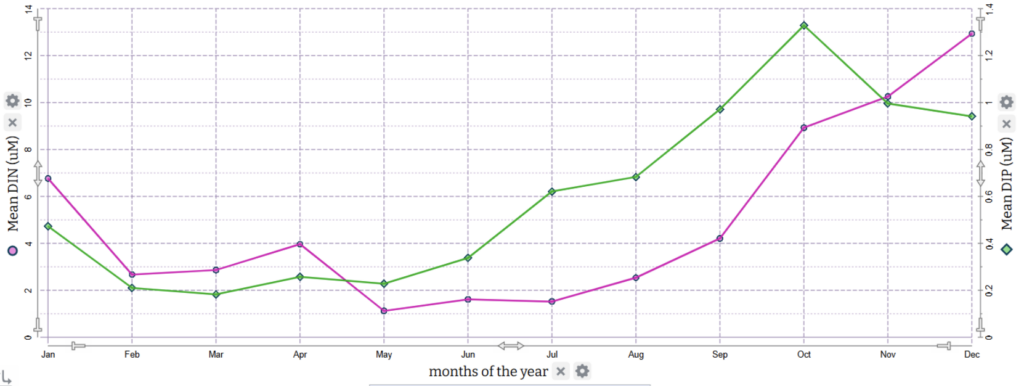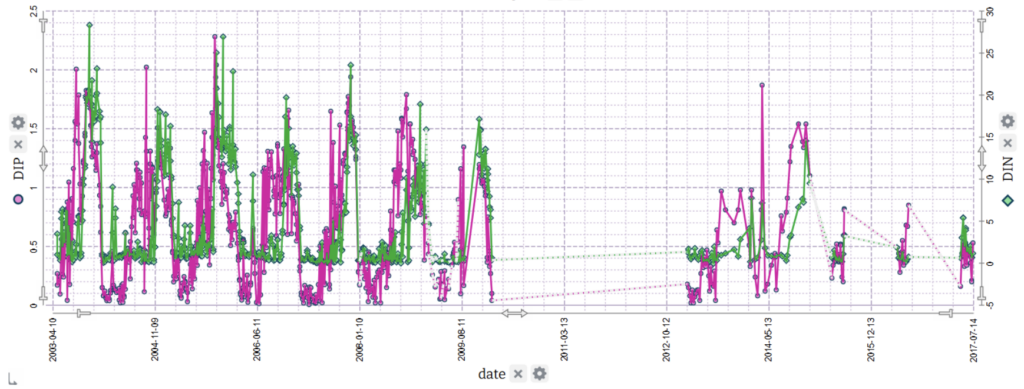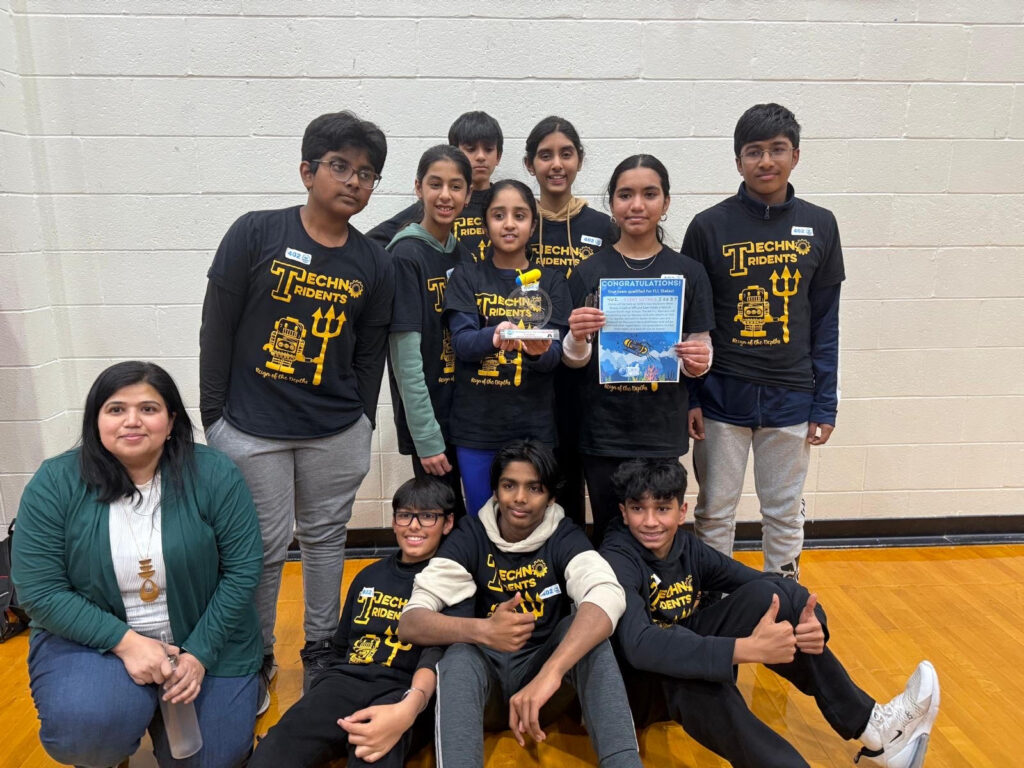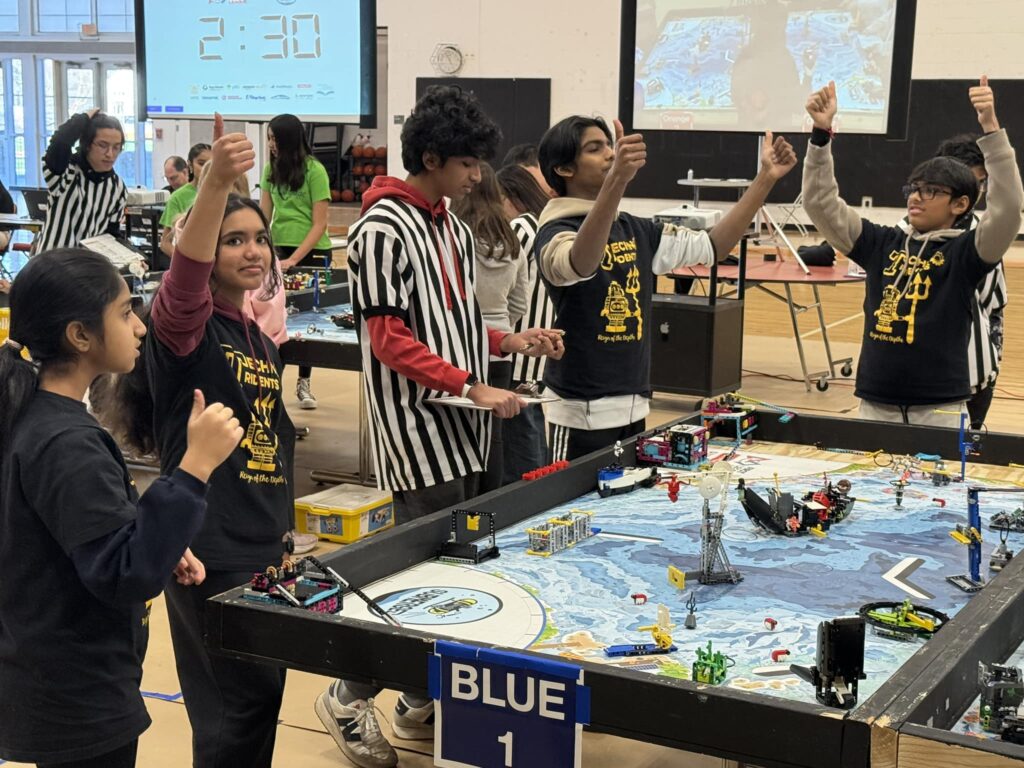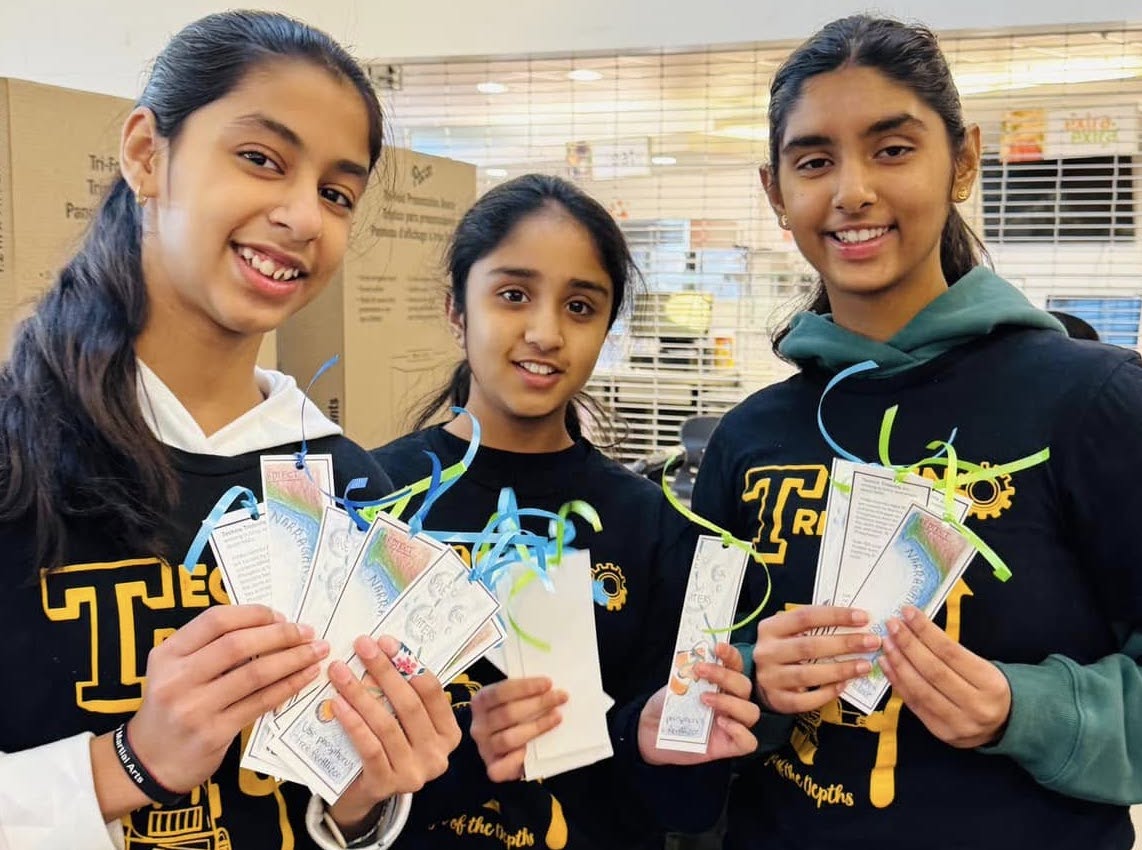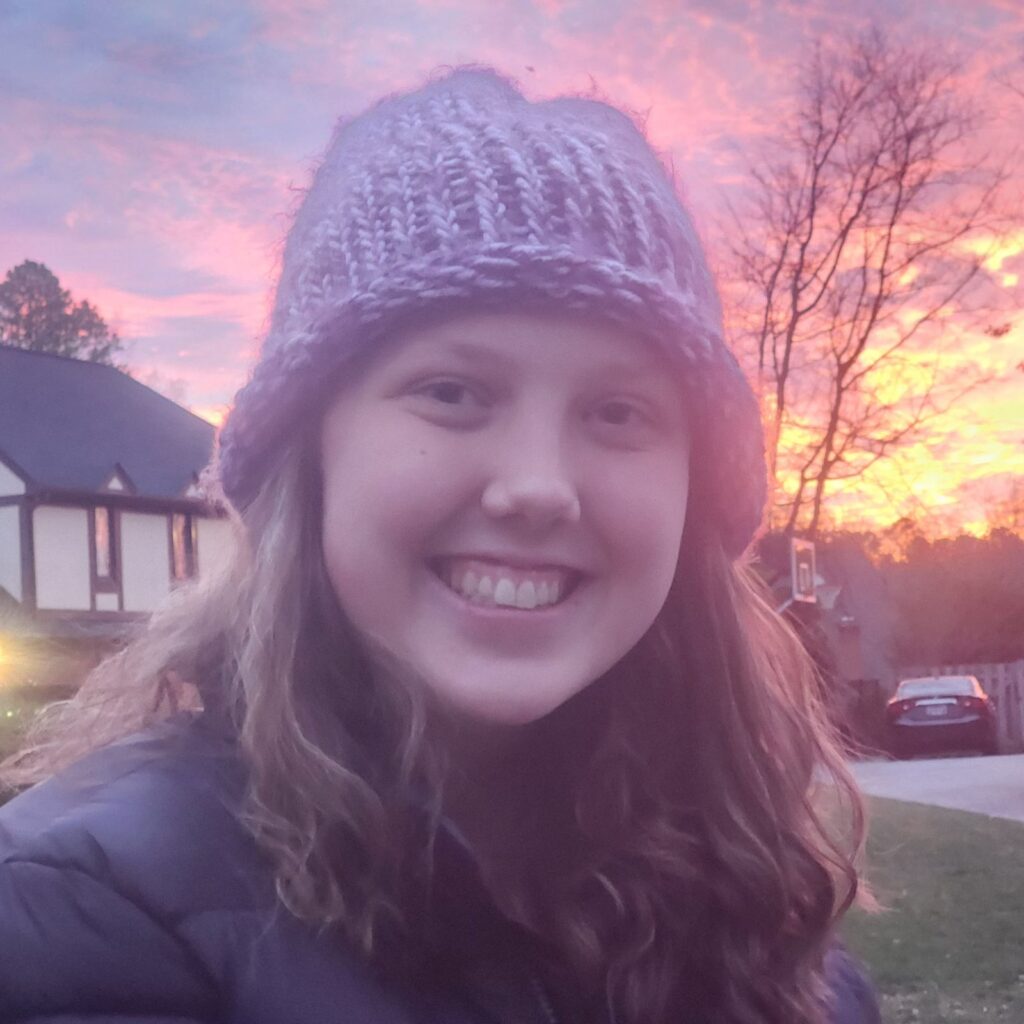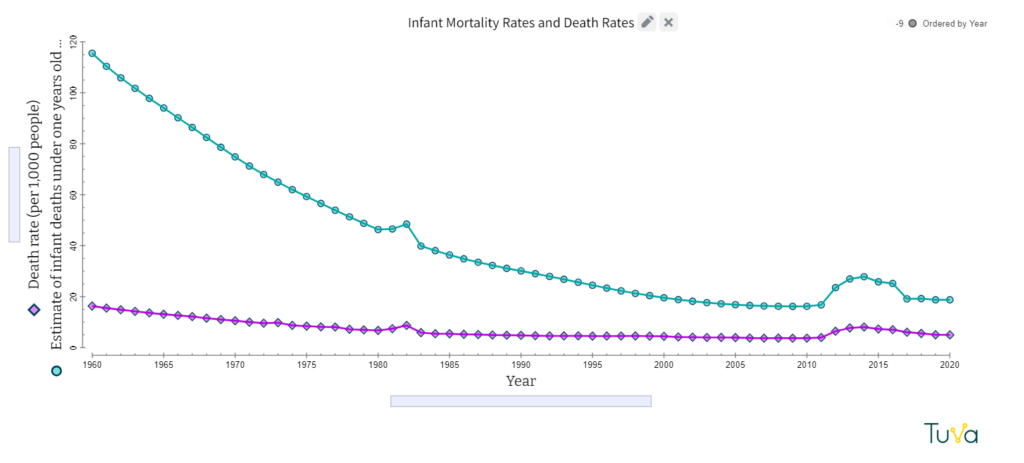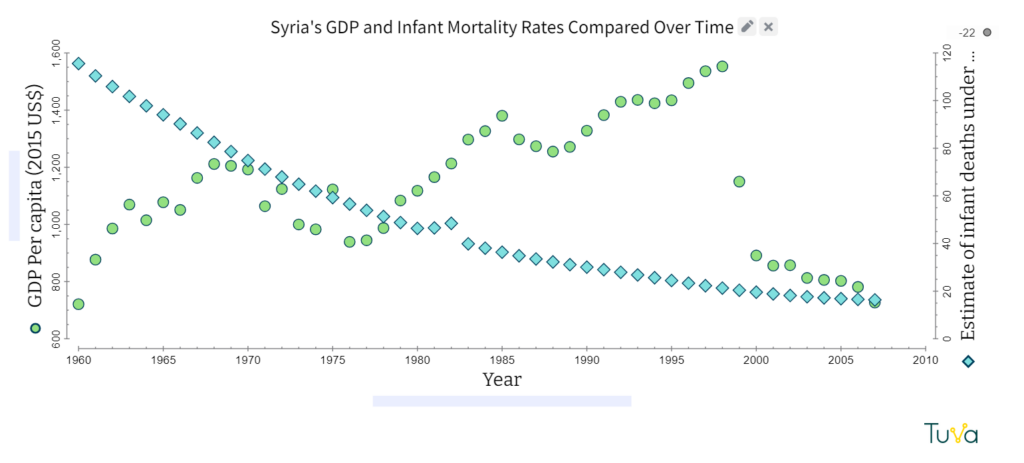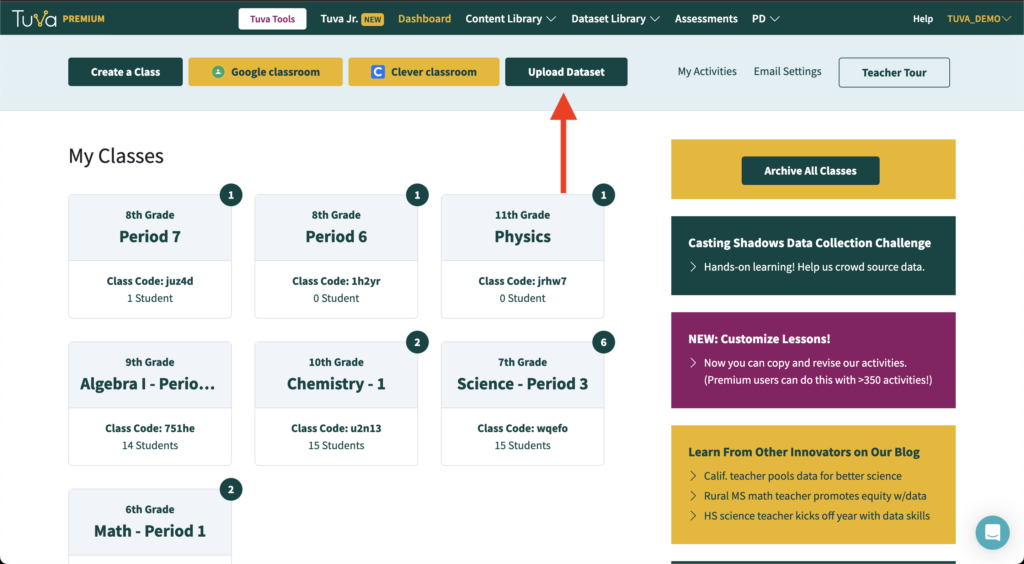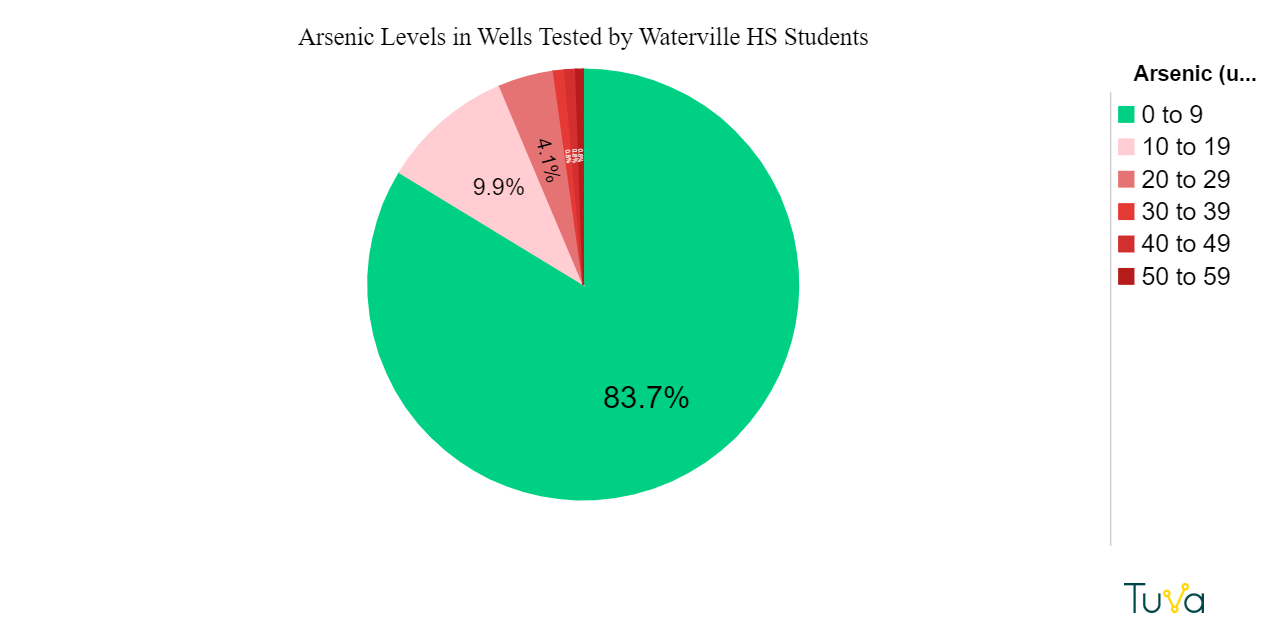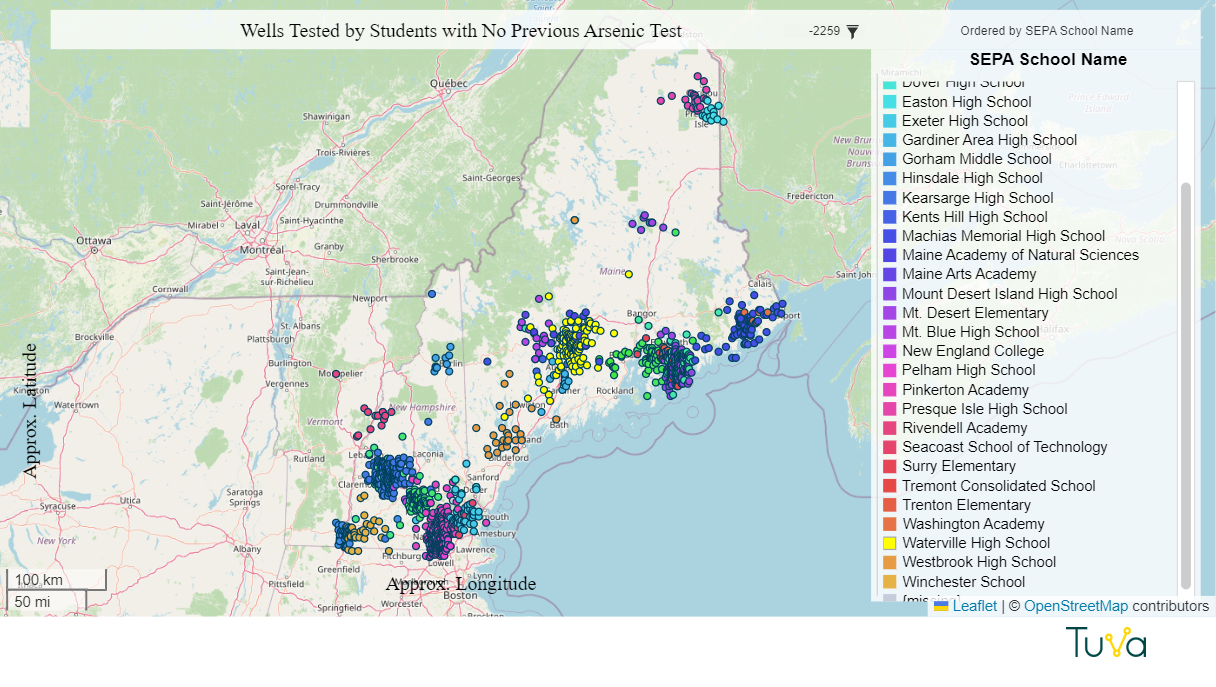
One Teacher’s Mission to Build Data Literacy
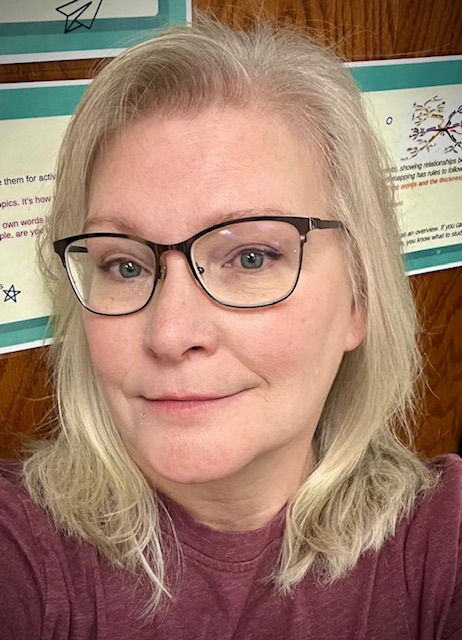
“It doesn’t really matter what you do. You can’t get away from data.
Chaffin Middle School Science Teacher Laura Davis recognizes data skills are in high demand in the modern workplace, and she wants her students to graduate prepared. Davis rapidly ticked off three local examples of data-driven careers.
Fort Smith, Arkansas, where Chaffin Middle School is located, is home to several big manufacturing companies including ABB Motors and Mechanical, Mars, Gerdau, Nestlé, Trane Technologies, The Coca Cola Company, and L’Oreal, amongst others. Davis noted that they don’t just need labor anymore; they need people who know their way around data because many of the diagnostic programs for the machinery run on data.
Additionally, many people in Fort Smith work remotely. The city has been recruiting remote workers to relocate to Fort Smith, luring them with monetary incentives. Many of the remote workers are in the information technology sector. Nationally, 67% of IT professionals work remotely, according to Statista.
Davis pointed out how even small businesses rely on data. Small business owners use data to optimize operations, manage inventory, improve customer experience, analyze customer behavior, forecast sales, and enhance marketing efforts. Whatever profession they go into, Davis wants Fort Smith students to leave school ready.
That’s why Davis makes data exploration a regular part of her teaching. Using tools like Tuva, she helps students see data not as an abstract concept but as a way to make sense of the world around them.
Helping Students See Data is Everywhere
To help students see data as a way of understanding the world, Davis emphasizes that patterns in nature are often mirrored by human experience. For example, students notice a cyclical pattern when studying population dynamics. The prey population grows, leading to an increase in predators, followed by a decline in prey due to predation, which then causes predator numbers to drop as well. Then the cycle starts anew. Afterwards, Davis discusses patterns in our everyday lives that follow a remarkably similar pattern, such as supply and demand or the fashion cycle.
“Let’s not do the eighties again,” Davis jested. “But we know it’s gonna come back. It always does.”
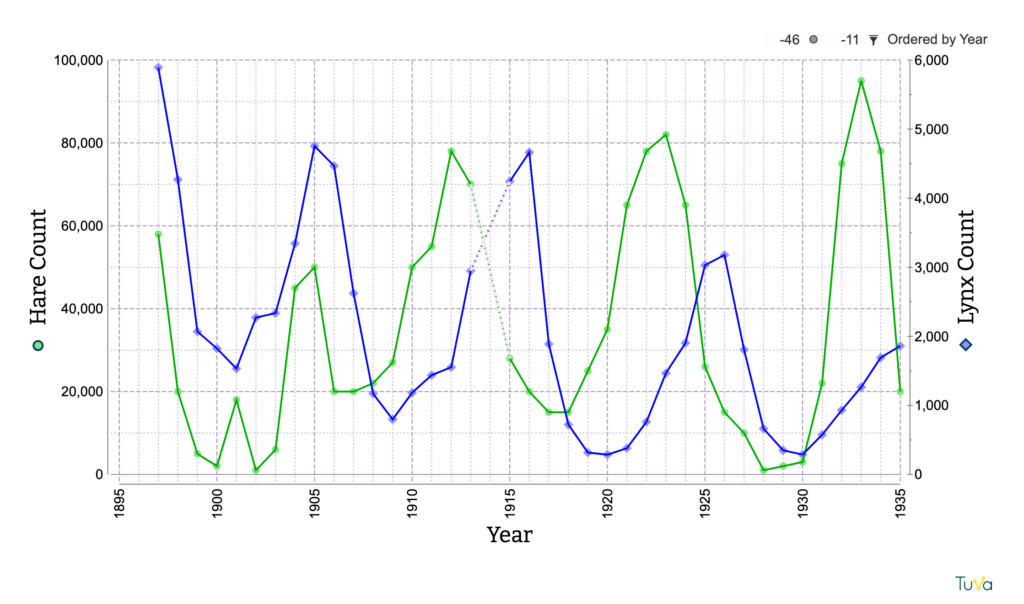
Davis helps students see parallels between natural patterns, like those in this Lynx and Snowshoe Hare dataset, and patterns in human behavior–such as supply and demand or fashion cycles.
Davis thinks teachers in other disciplines could use data to help students understand their content and, simultaneously, improve their data literacy. For example, an English teacher reading “The Giver” with students could have them graph Jonas’ opinion of his father throughout the story. The visual representation would help students notice where the story turns. A social studies teacher could use census data to enrich their lessons too. Students could compare 1940 and 1950 census data to examine how World War II reshaped the U.S. workforce.
Everything, Davis tells her students, is data–whether it’s a predator-prey relationship, a plot twist, or a fashion trend. Everything follows a pattern. Everything has a next. Davis uses Tuva regularly in her instruction because it reveals these cause-effect relationships to students.
“Tuva shows them how one change makes a huge difference,” she explained, adding that students can apply that to weigh decisions in their own lives. “Practice on Tuva helps them reason through problems better. And I just think that it is imperative.”
Fitting in Regular Practice
Davis incorporates data into her daily routine, assigning a “graph of the week” as bell work. The graph is typically tied to the core idea of the current unit.
“It’s just like practicing your instrument. If you only play it a couple of times, you’re not gonna be great.”
Davis’ bell work follows a similar trajectory each week. On Monday, students identify the scale, title, axes labels, independent variable, and dependent variable. Difficulty identifying basic graph components is common among secondary students, but Davis observes that this challenge decreases with frequent practice.
“It’s just like practicing your instrument. If you only play it a couple of times, you’re not gonna be great,” explained Davis. “It’s a repeated practice that students need to be data literate.”
On Tuesday and Wednesday, Davis’ students analyze the graph, noting patterns and trends. By Thursday, they begin using the graph to make predictions.
By assigning the weekly graph as bell work, Davis minimizes instructional time spent while keeping students’ data skills sharp.
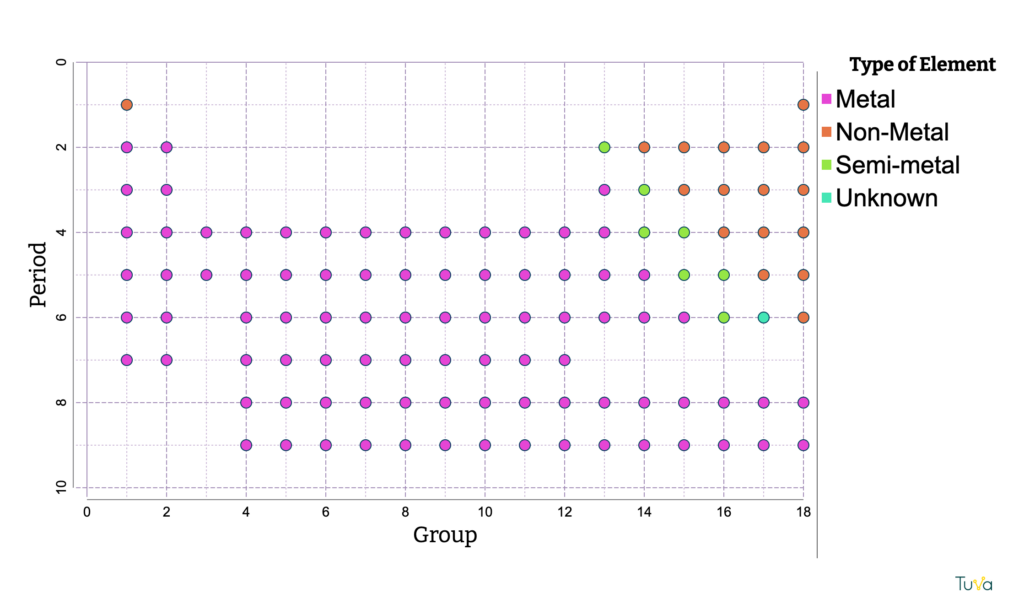
Davis’ favorite graph to use with students shows the elements with Group on the x-axis and Period on the y-axis. “It’s funny,” Davis said. “They just think it’s a list. And then when you graph it, they’re like, ‘Oh, there’s a reason!’ They don’t believe me till they see the data.”
Preparing for a Data-Driven Future
For Davis, data literacy isn’t just for scientists or mathematicians—it’s a universal skill that’s essential in today’s hyper competitive job market.
“We are now on a global stage. We are competing against people we will never meet,” she explained. “Students will need to be able to gather information, analyze it, synthesize it, and make decisions about it quickly.”
That’s why Davis weaves data into her daily instruction. An early adopter of Tuva, she has used the platform since 2017 to help her students build data skills—completing more than 3,500 assignments in the process.
She hopes more teachers will embrace data literacy and sees Tuva as a tool that makes integrating data into instruction doable for busy teachers.
“Tuva is a gem. It should be shining on everyone’s desktop.”
“Tuva is a gem,” Davis said. “It should be shining on everyone’s desktop.”
